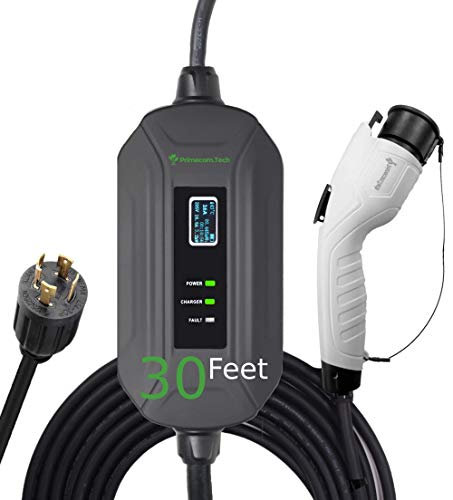smkettner said:
Just use some jump cables to the second battery and let it rip. I believe the RAV can supply up to 80 amps at 14 volts or 1120 watts. If the inverter cuts out for low voltage just reduce the load or the duty cycle.
Thanks, the previous time I just used the RAV4 12V battery cables to charge my external battery, but it would be good to confirm your spec, as it'd be more convenient, if I did not to have to worry about damaging the external battery or my EV!
My dc-ac inverter will shut auto shutoff if V(in) is not within range, but I don't know if the RAV4 will protect itself against an overload.
Another outage this afternoon ... with my enphase (solar panel) microinverters searching for the 60Hz grid-tie. it's always next year with those guys ...
Ferenc
Ad on:
I found this on a web search (caveat emptor) at hobbyprojects.com, but it does not provide a discharge curve with safety

Cold cranking amps (CCA) is a measurement of the number of amps a battery can deliver at 0 ° F for 30 seconds and not drop below 7.2 volts. So a high CCA battery rating is good especially in cold weather.
CA is cranking amps measured at 32 degrees F. This rating is also called marine cranking amps (MCA). Hot cranking amps (HCA) is seldom used any longer but is measured at 80 ° F.
Reserve Capacity (RC) is a very important rating. This is the number of minutes a fully charged battery at 80 ° F will discharge 25 amps until the battery drops below 10.5 volts.
An amp hour (AH) is a rating usually found on deep cycle batteries. If a battery is rated at 100 amp hours it should deliver 5 amps for 20 hours, 20 amps for 5 hours, etc.













